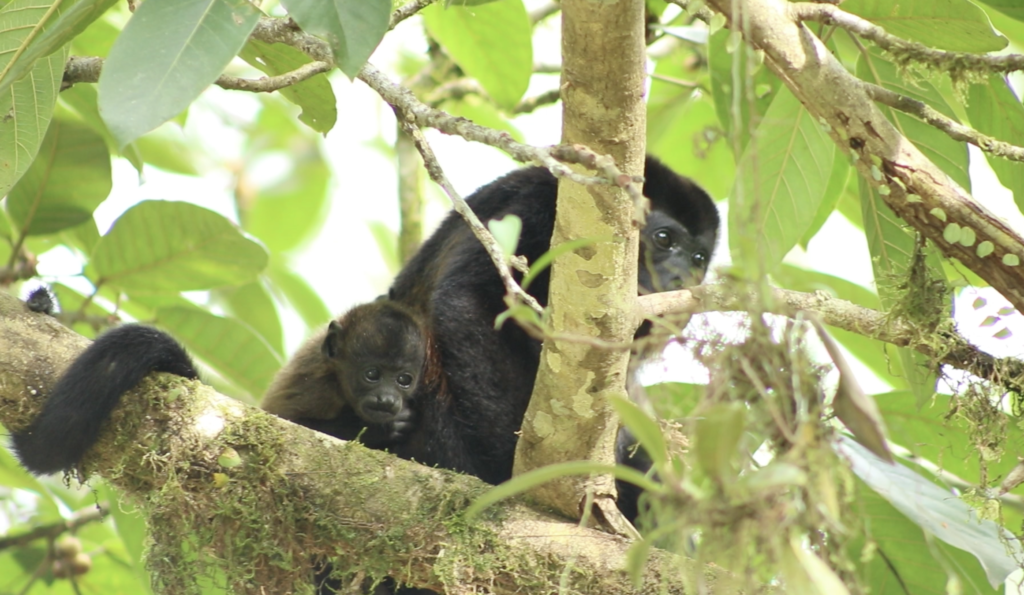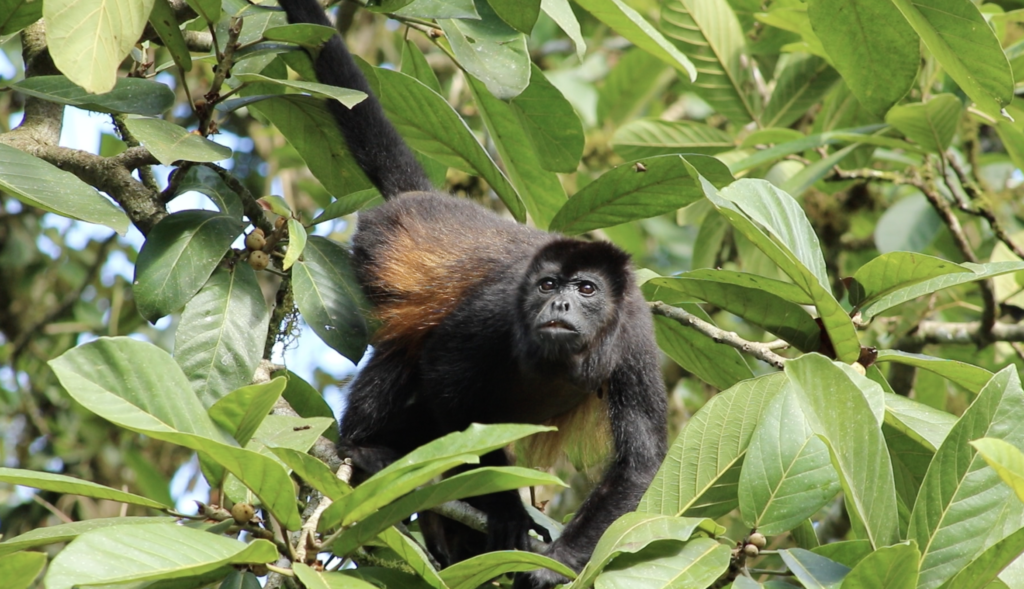
Time flies by, and yet again I find myself near the one-year anniversary of an incredibly transformative experience.
This time, we’re traveling to a dense but vibrantly lush ecosystem just past the cloud forests of Northeastern Costa Rica.
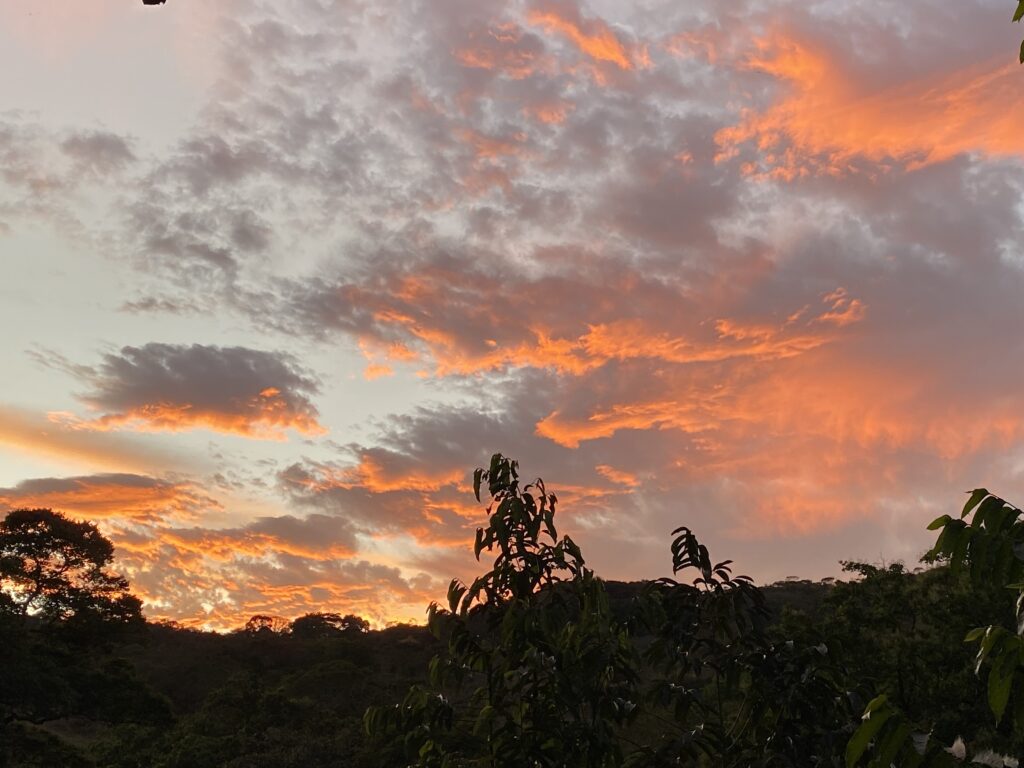
It was my first time traveling outside of the country since studying abroad in Copenhagen and Stockholm during the summer of 2019, and I was nervous yet excited to be embarking on another journey alone.
And the first part of this trip was long awaited and anticipated– I was attending a field school for primatology course with Maderas Rainforest Conservancy in La Suerte.
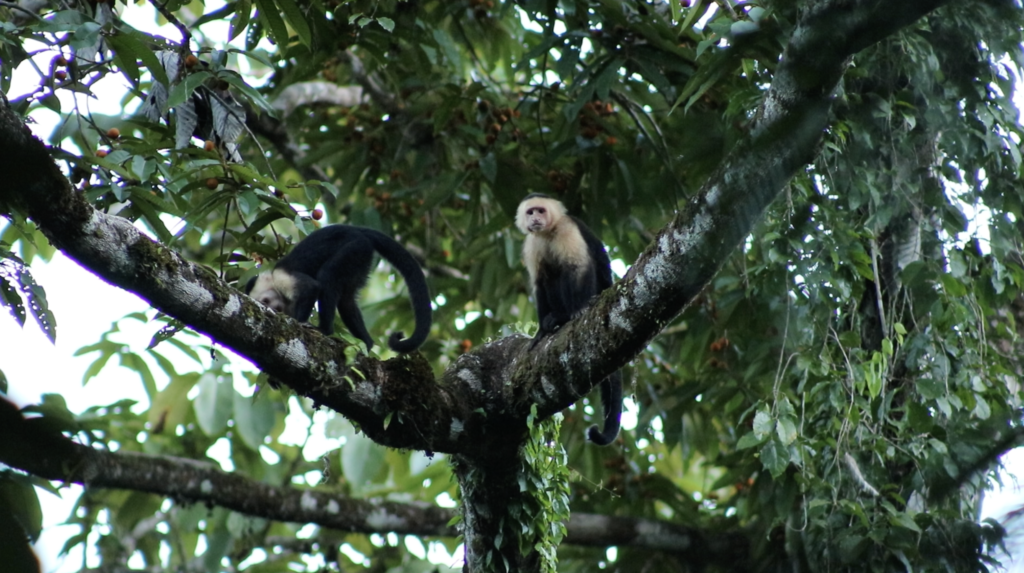
My love of primates was nourished during the previous year’s summer that I spent doing research at Monkey Jungle in Miami, FL. We studied tool use and observed the social behavior of 150+ Java macaques that were split up into 5 troupes within a 7 acre habitat.
Aside from seeing monkeys in zoos, this was the first time I had been able to spend a significant amount of time with primates.
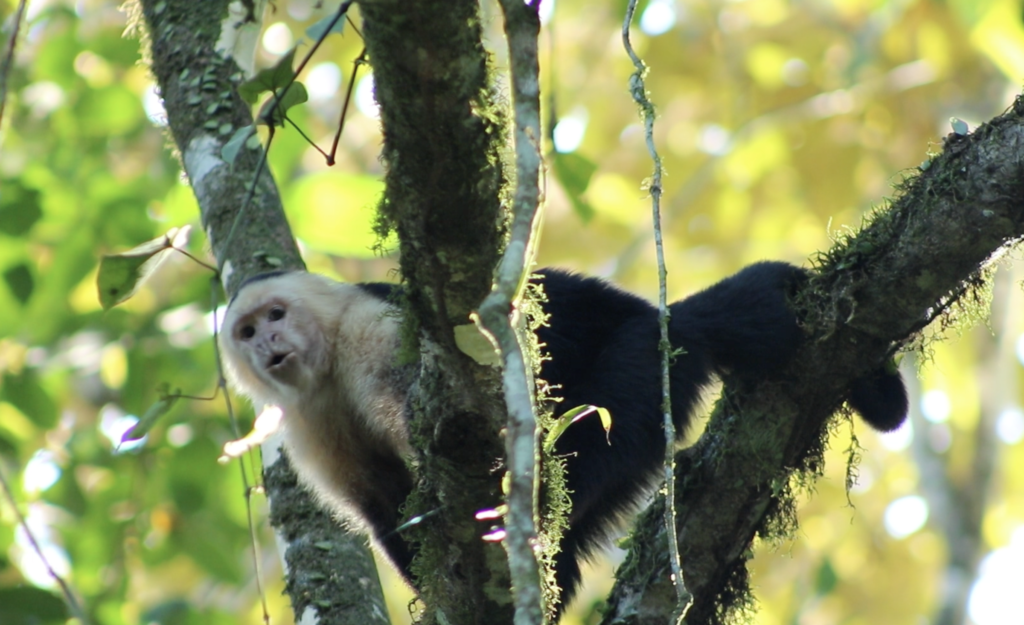
And so, this summer of research right after college led me to more discoveries about the human-primate relationship and how we could co-exist on a shared and changing planet. It prompted me to start making a documentary about my experiences, which included going to field school in Costa Rica and chasing monkeys to learn more about human behavior and our shared ecology.
So, today I wanted to share a glimpse of that research and the documentary project that I’ve been working on.
VIDEO TRANSLATION
“So that demonic sound is actually a howler monkey, and that’s the species of monkey that I’m studying in my research project here. I’m looking at their diets, whether they’re eating fruits, flowers, or leaves, and how that affects their activity levels.
The howler monkey is a very inactive species that spends about 60-80 percent of their time resting. Which is a lot of time– more than other primate species that are here in this forest, with the exception of sloths. And they eat mainly leaves, but I want to see how their different diets, whether it’s leaves, fruits, or flowers, affects their activity levels and their social behavior.
My prediction is that they’re going to be more social and active after eating fruits and flowers compared to when they’re eating leaves. I also think that they will show a preference for eating fruits and flowers.
I thought this study would be interesting because about 60 years ago, all this land was stripped of its forest and served as a cattle farm. Everything we see now has all grown fairly quickly because there’s so much rain and sun. It’s a perfect habitat for the monkeys and other species to thrive in.
However, as the climate is changing and deforestation is rapidly happening in many parts of the world, we can’t always predict if these food sources will be stable and reliable..
So it’s interesting and important to understand how this species’ ecology can change depending on what food sources are available and how that might affect their behavior. So, that’s essentially what I’m doing, spending 20 hours in the field collecting data, and it’s honestly very nice, I enjoy being out there a lot, and even though it is sometimes challenging (like, I’m cursing how much my neck hurts from looking directly up at monkeys in the trees for days), it’s so worth it, and I’m excited to share a bit more of what’s going on here.”
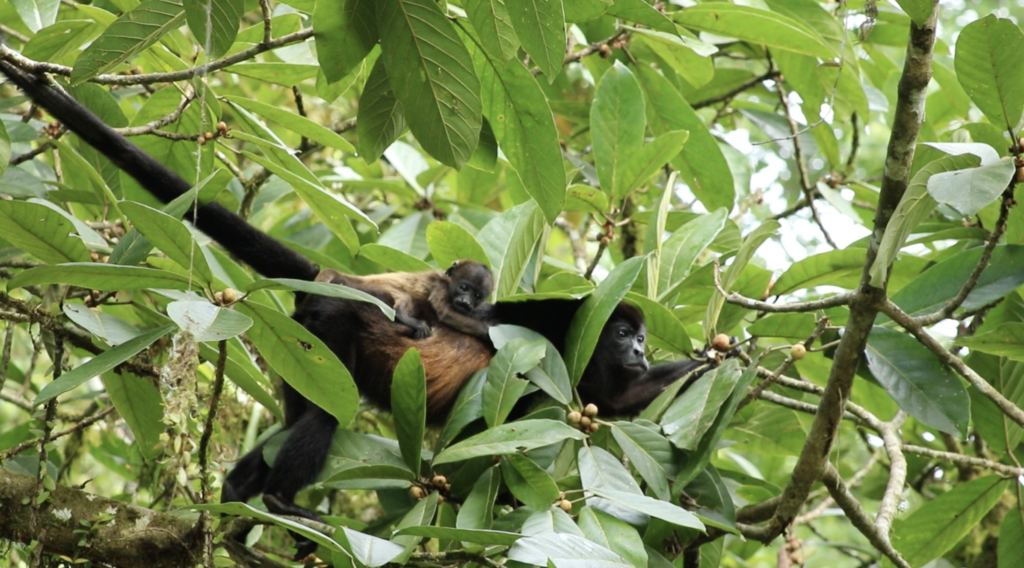
Research Reflections
My research project examined the diets and behavior of adult mantled howler monkeys, Alouatta palliata, in the range of La Suerte Biological Field Station during the first week of January, 2023.
Using continuous time focal sampling, I collected 20 hours of observational data on whether the primates consumed fruits, flowers, or foliage. After time spent foraging was recorded, their following activity was recorded and put into categories of Rest (alone), Social Rest, Travel, Social Play.
To complete this research, my days involved waking up to the howler’s symphonic grand rising at 5:30am and trekking through the jungle in the break of dawn to try and catch some monkeys that were actively foraging as they start their day.
The mysteries of the jungle were alluring, and made it easy to wander around waiting for the tops of the trees to shake, or hear the calls of spider monkeys who blend into the cacophony of birds in the forest. You never know what you mind stumble upon in the jungle– one of my friends even returned from a trek in the forest with a dog that likely belonged to a poacher.
Aside from that, we saw often saw toucans, dart frogs, tree frogs, snakes, tarantulas, a couple sloths, and even an elusive tayra. Trail cameras even caught a jaguar and tapir in the area. It was rich with biodiversity in every way, and a hot-spot for research.
I only wish my neck had been better prepared for spending long periods of time craned up at the sky, chasing monkeys through the dense canopy.
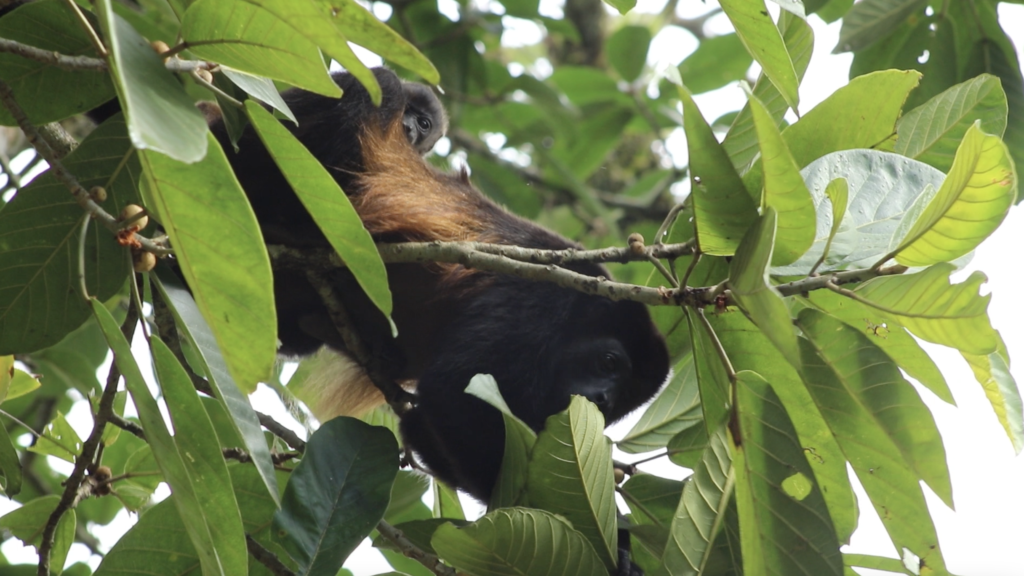
The results of this study were slightly different than I predicted, but still show support for the hypothesis that foraging for different types of food sources has an influence on primate behavior and social interaction. The data shows that mantled howler monkeys spent more time eating flowers compared to fruit and foliage.
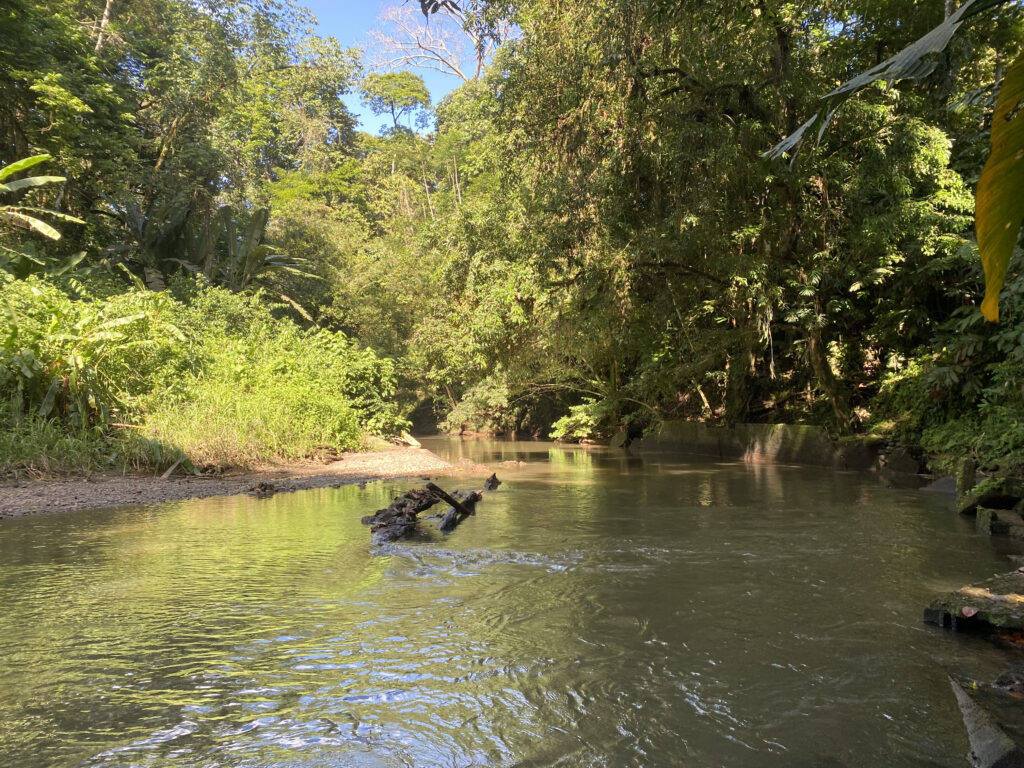
Personal Reflections
I am incredibly grateful for this opportunity to spend time in the field studying wild primates.
The documentary project that I have started is still very much in progress. In fact, it has been for longer than I would like to admit.
As someone who enjoys film and making video, it is easiest for me to capture the content in the moment, and I found I enjoyed that out of this experience the most.
Afterwards, though, it has been daunting to sift through the footage and make meaning out of an unscripted and unstructured series of interviews and b-roll.
However, some things take time, and are worth not giving up on. I am still nourishing this project and committed to seeing it through, even if it takes far longer than I anticipated.
Sometimes, I need to remind myself it’s not about HOW I am going to finish the project and make sense of it all, but rather, WHAT is the next best step that I can tackle to make a small bit of progress?
So thank you, for witnessing me in this authentic experience of showing up with what I’ve got, wanting to share it and inspire others, and admitting that progress and motivation ebb and flow.
But here’s to not giving up on those dreams!
